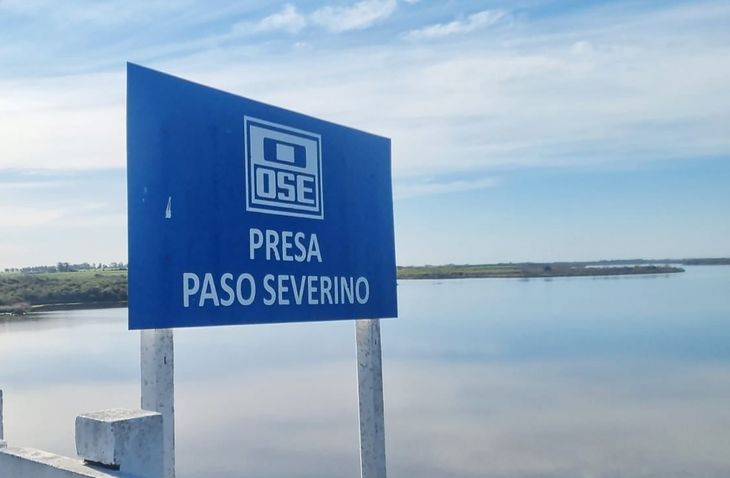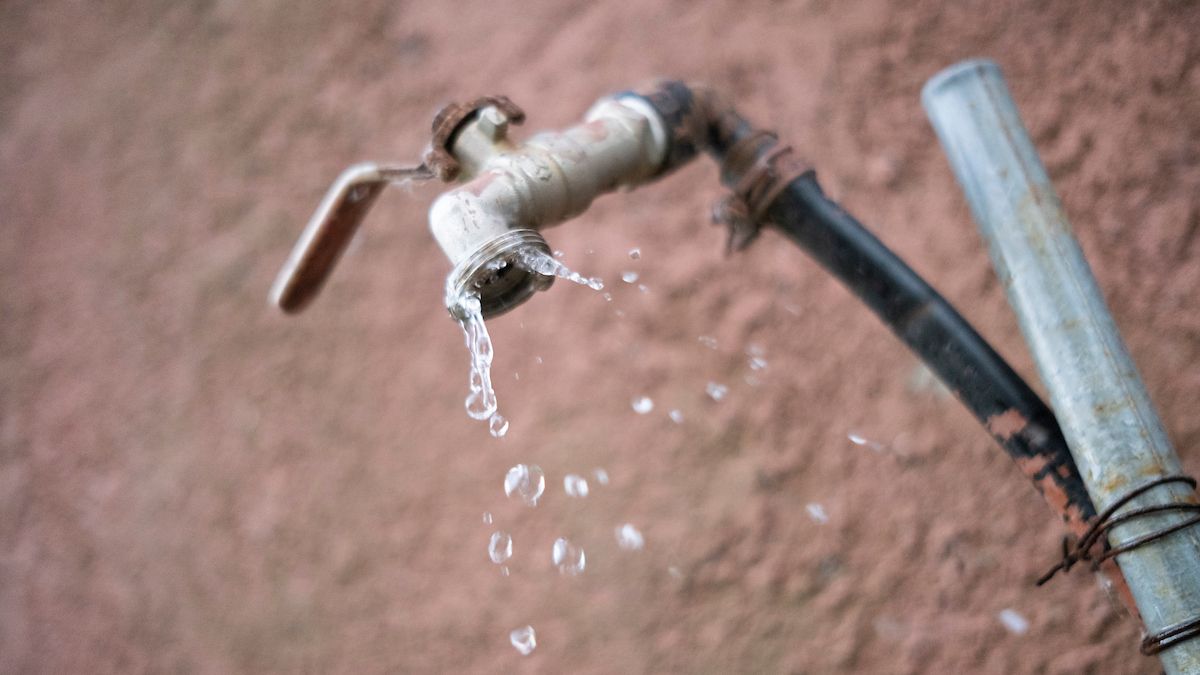It was authorized by the Ministry of Public Health, while rains are expected that may extend the deadline for reservations in the metropolitan area.
He Ministry of Public Health (MSP) authorized the National Administration of State Sanitary Works (OSE) to continue supplying drinking water to the metropolitan area with higher levels of sodium and chlorides until at least July 20, due to the water crisis in Uruguay that has no prospect of being resolved in the short term.
The content you want to access is exclusive to subscribers.
It rains in the country, but it is not enough: according to the weekly report of the Uruguayan Institute of Meteorology (Inumet)in the first days of this month “practically no rainfall has been recorded in the basins” of the rivers St. Lucia and of the silver —the most affected by the prolonged water deficit—, and the rains that are expected in the next few hours will not be enough to recover the reservoirs at historically low levels.


In this critical context, the MSP enabled OSE to continue distributing water with higher levels of salinity —maximums of 440 milligrams of sodium and 720 milligrams of chlorides per liter of water, according to the ordinance of May 4—, in order to continue supplying with the few remaining reserves —to the point that Severine Pass it is only at 7% of its capacity, and the supply in Montevideo has its days numbered.
Meanwhile, according to the meteorologist and director of Nimbus Weather, Juan Luis Perezthe only short-term solution to the water crisis is the rains, but there are still several months ahead before significant changes are noticed, as he pointed out in dialogue with Bloomberg.
OSE, for its part, will carry out two new perforations in the area of the battle park, in search of alternative sources of drinking water.
OSE Dam Paso Severino Water

The reserve that supplies the Uruguayan metropolitan area is at its minimum levels.
Photo: @Juanma15
Disinvestment, one of the main reasons for shortages
With the extension of the authorization for the measurement of greater salinity in the water —generated by the mixture of water from the Silver river with that of Santa Lucia River—, the scenario in which a large number of people avoid tap water will continue —70% stopped consuming or consume less, according to a survey by Consultants Option—, Despite the fact that Montevideo was one of the first capitals of Latin America to have running drinking water.
According to the engineer Francis Gross, the fact that the country is a pioneer in drinking water coverage is due to more than a century of state investment in basic services by governments that assigned a high priority to public health. “Governments were concerned about improving the infrastructure and the quality of life of the population. Drinking water is essential for proper public health,” he explained.
However, the effects of the drought wreak havoc on a system that, although it was exemplary until the 1990s, from then on it stopped expanding and improving.
Successive governments since the 1990s postponed new water projects for the capital because the timely arrival of rains during previous droughts created a false sense of security, Gross said. “That was the big mistake we made. We have an expression in Uruguay, which is to kick the ball down the road,” Gross said. “You have to put this water scare to good use,” added.
Source: Ambito




